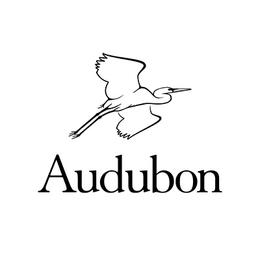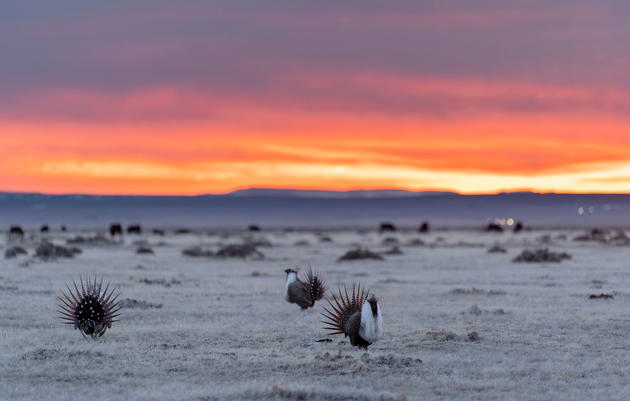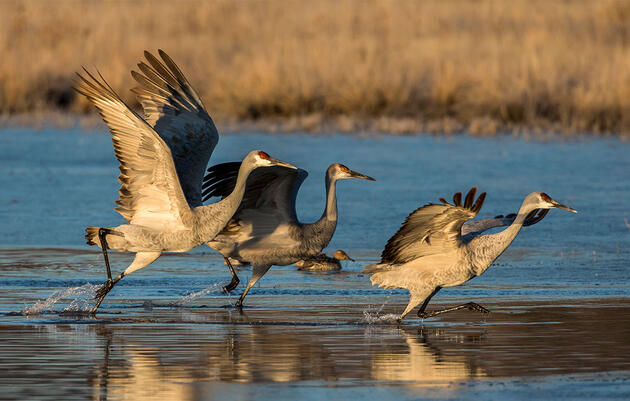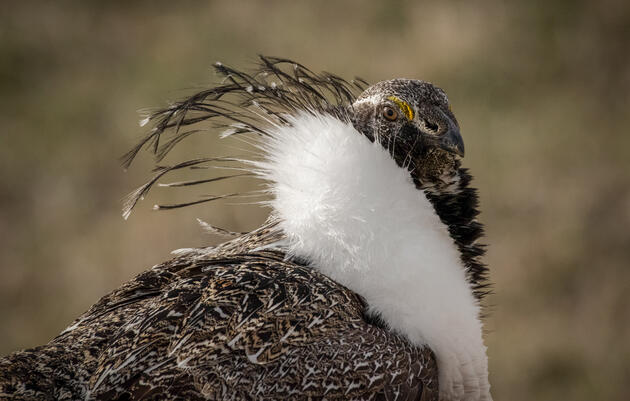LANDER, Wyo. (August 25, 2020) — Some of the country’s leading conservation organizations are condemning a decision by the Bureau of Land Management (BLM) to proceed with a massive oil and gas drilling project in Converse County, Wyoming. Over 1.5 million acres in size, it overlaps the Thunder Basin National Grassland. Even for a state that has long relied on energy development as a primary economic driver, the scale of the project poses serious threats to wildlife habitat. The project could potentially wipe out populations of certain sensitive species, such as greater sage-grouse, hawks, and falcons from the region. Disturbance from the development activities would also lead to decreased available habitat for iconic big game like pronghorn, mule deer, and elk, which BLM notes will result in reduced hunting opportunities.
The project calls for 5,000 new wells to be drilled in eastern Wyoming. It would also involve the construction of 500 miles of gas pipelines, 900 miles of water pipelines, new roads, and electrical lines. The project area contains a total of 1,124 raptor nests. In addition, there are 46 known greater sage-grouse leks (critically important mating sites) within the proposed project area and another eight nearby. The BLM’s own environmental analyses show that these mating sites could be destroyed and birds killed because of the project.
A number of conservation groups that have engaged in public land management decisions in the West for decades have repeatedly raised objections about this particular project because of its inadequate wildlife protections. The groups also point out that the economic benefits which are touted by the project’s supporters are based on outdated economic data and bears little resemblance to the situation today in which there is an oil glut, with not a single rig in operation in Wyoming.
“Last week’s court ruling in support of the Migratory Bird Treaty Act spells a grim future for this proposed project,” said Brian Rutledge, vice president of the National Audubon Society and director of Audubon’s Sagebrush Ecosystem Initiative. “It brings into question how the federal government is exercising its authority to approve development without addressing consequences for wildlife and the environment. Among the species that are going to be dramatically impacted by this project are those protected by the Migratory Bird Treaty Act. The project is a glaring example of a broken federal system seeking to exclusively benefit one industry while disregarding the wildlife and communities that depend on healthy sagebrush country. What we need are thoughtful projects that provide jobs and sustainable revenue, not more uncertainty.”
“The federal government needs to honor the unprecedented agreement struck across Western stakeholders to conserve the Greater sage-grouse and its habitat, for the benefit of wildlife, citizens, and industry alike,” said John Rader, Wyoming Outdoor Council conservation advocate. “This project isn't an all-or-nothing scenario. There are alternatives that would allow responsible development without trampling the other resources and values our sagebrush ecosystem has to offer.”
“The scale of this project—in acreage and timeframe—is a prime example of how the Bureau of Land Management is mismanaging public lands in a way that hurts the future of western communities,” said Josh Axelrod, senior advocate for lands, Natural Resources Defense Council. “The Bureau should be stewarding these lands and the resources they offer for a range of uses. Instead, this project will limit public access to the land and help prop up the oil and gas industry. In doing so, it limits the land’s beneficial uses and puts wildlife—like the beloved western sage grouse—and the health of wildlife habitat at risk.”
The greater sage-grouse has been petitioned numerous times to be listed for federal protection and the state of Wyoming has spent considerable resources and led numerous partnerships over the years to conserve the species, all while scientific research has consistently shown the bird responds negatively to oil and gas development activities.
The formal protest period for the final environmental impact statement for the Converse County project ends on August 31.
###
Media Contacts
Evan Barrientos
National Audubon Society
ebarrientos@audubon.org
(414) 238-3995
Alan Rogers
Wyoming Outdoor Council
alan@wyomingoutdoorcouncil.org
(307) 262-9865
Anne Hawke
Natural Resources Defense Council
ahawke@nrdc.org
(202) 513-6263








